Most meals that you would normally cook inside can be prepared in an outdoor kitchen. Your favorite foods may even taste better if they are cooked on outdoor appliances. Barbecuing adds a new dimension to meals with its delicious flavors and aromas.
Modern patio kitchens can feature high-tech appliances and sophisticated components to create an easy-to-use, luxurious space for outdoor lifestyles. Modern patio kitchens can include high-tech appliances, sophisticated components and a luxurious design for outdoor living.
Consider the following tips and considerations before you start your project.
1. Outdoor kitchen types: Research them
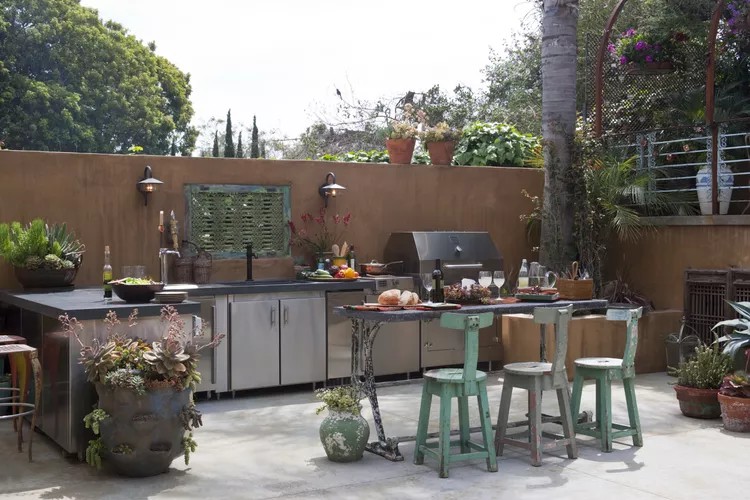
The best outdoor kitchen for your home depends on your budget, lifestyle and available space. An outdoor kitchen is a simple setup that includes a grill, and other components such as an bar for use as a counter. You can make your outdoor kitchen as elaborate as you like. Like any other home project, you can choose what you want to include.
Decide if you prefer a fully-functional kitchen or one that is simple. You can then decide what is necessary and what is an amenity. Also, determine if you have the budget and taste to accommodate extras. Remember that nature doesn’t have to be complicated.
2. Measure the available space
You may have to make sure that you are not too far away from your house in order to light up the grill if you live on an acreage lot. The majority of properties are small, which limits the options for a grill or outdoor kitchen. Even small outside kitchens offer a wide range of choices in terms of plumbing, appliances, and countertop space.
You can measure your space to see which appliances are most important (and whether you have enough room for all the items on your wish list). After you’ve decided how much space you have, you can start choosing the specific items you want to include.
3. Choose between permanent and portable options
You can pair a stand-alone grill with portable carts that you can use to create DIY , or even a BBQ island on wheels.You can design and build an outdoor kitchen if you do not plan to move (or if you love DIY projects). Consider a location that is convenient and safe, and then start thinking about the materials available locally and that match your home’s exterior.It can be helpful to hire an contractor to help you start.
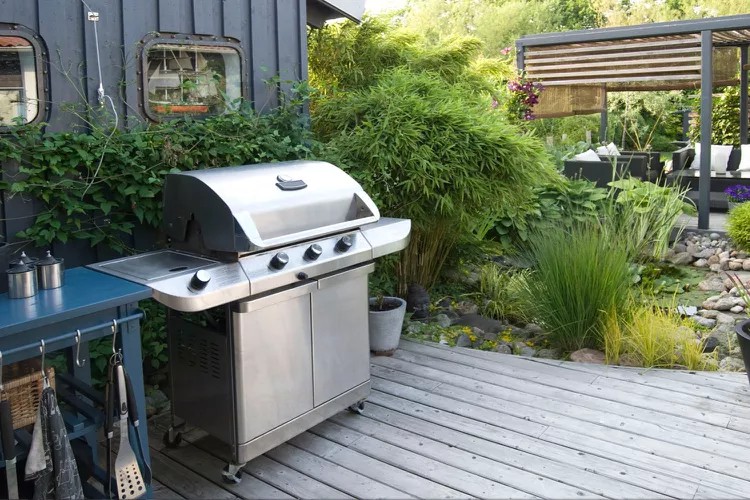
4. Set a budget
Budget and stick to it. Materials, appliances and labor are all essentials that can quickly get out of control. Aim high to avoid surprises if the project ends up costing more than expected. Other costs can include hiring a designer, purchasing tools and hiring professionals for electrical and plumbing add-ons. Ask for estimates from professionals in your area before you begin work. This will allow you to understand the total cost range before setting a budget.
5. Discover Your Cooking Styles
Decide on your preferred style and method for outdoor cooking. Do you prefer grilled fish, or hamburgers cooked on a charcoal grill? Pizza cooked in a brick oven outside? What is better, a tandoor oven or a smoker?
A kitchen outside can be anything from a charcoal grill to a variety of ovens, stoves and griddles. You’ll need to decide if you want to prepare food outdoors or if you prefer to do it inside before cooking. You’ll need to budget for and make room in your outdoor kitchen if you plan on doing all the preparations there.
When designing your outdoor kitchen, consider the number of guests you will be serving. Plan your favorite outdoor meals, and make sure that the outdoor kitchen can accommodate guests while preparing and cooking. Then, adjust the layout to accommodate larger appliances and seating areas if necessary.
6. Take Climate and Environment into Consideration
You may find yourself spending more time outdoors in a warmer climate than in your indoor kitchen if you live in the west of the United States, Florida or another warm-climate region. A larger outdoor kitchen may be warranted if this is the situation.
The location of your yard in relation to other areas with more extreme weather is crucial. The microclimate of your region may differ from other areas in the country. Avoid areas that are hot, windy or cold. If you don’t live in a place with a lot of rain, then an appliance cover or partial patio roof may be needed.
7. Commit to Proper Maintenance
A kitchen outdoors is subject to weather conditions. You will still need to cover and maintain the surfaces and appliances, even if they are not used often. You will need to clean your appliances regularly in coastal areas to remove the salt build-up from ocean air. This can quickly deteriorate materials.
Consider the amount of time and effort that will be required to maintain a kitchen you have installed. Will you need help or will you clean and cook alone? Sometimes, simplicity is best. Plan your kitchen so that the maintenance requirements are within your budget.
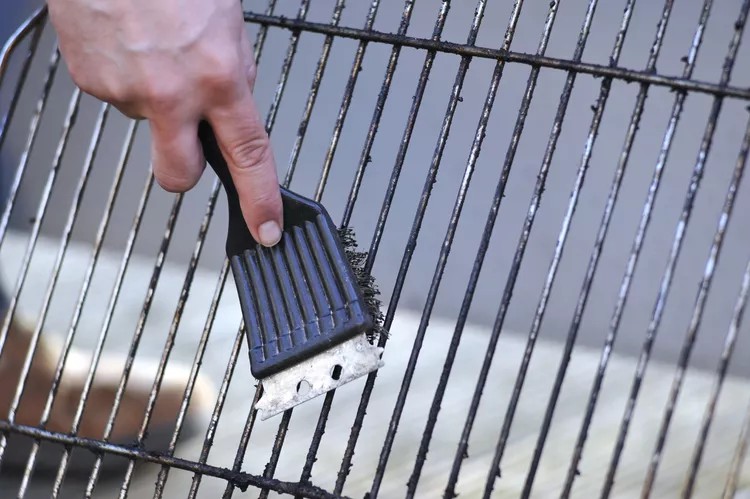
8. Select Outdoor Kitchen Materials
If you are planning a permanent kitchen, consider using materials that have been used to build the exterior of the home, such as Brick or Concrete. Also, any metal or tile details should be considered. These materials look great and are also durable.
Consider your budget and your project’s size and scope. The cost of labor and any special installation will affect the price.
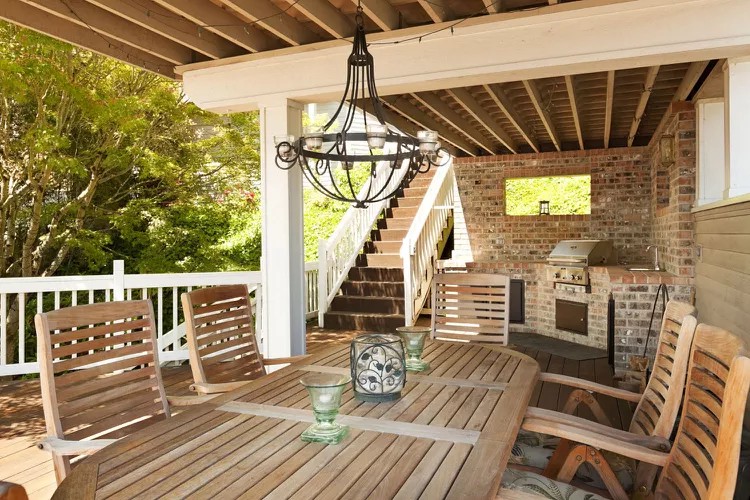
9. Adjust for household needs
It’s easy to have unrealistic expectations when you’re planning an outdoor kitchen. After you have chosen a general design, make sure it meets your needs by considering the elements.
What type of cooking will they be doing? How often do you plan to use your outdoor kitchen and that of others? Start modestly and add extras later. You can enjoy your Outdoor Kitchen Design right away by choosing the essentials first. It will only get better as you decide what to add next.

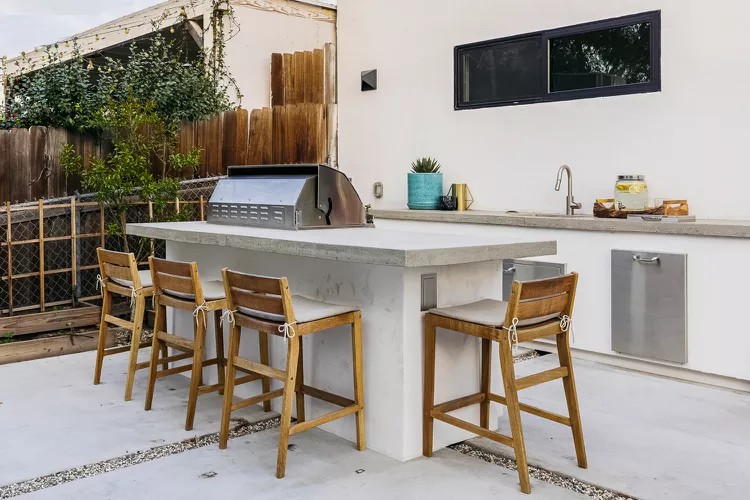

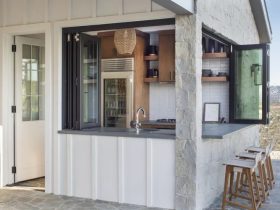

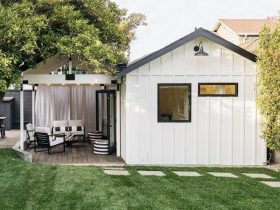
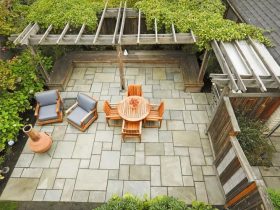
Leave a Reply